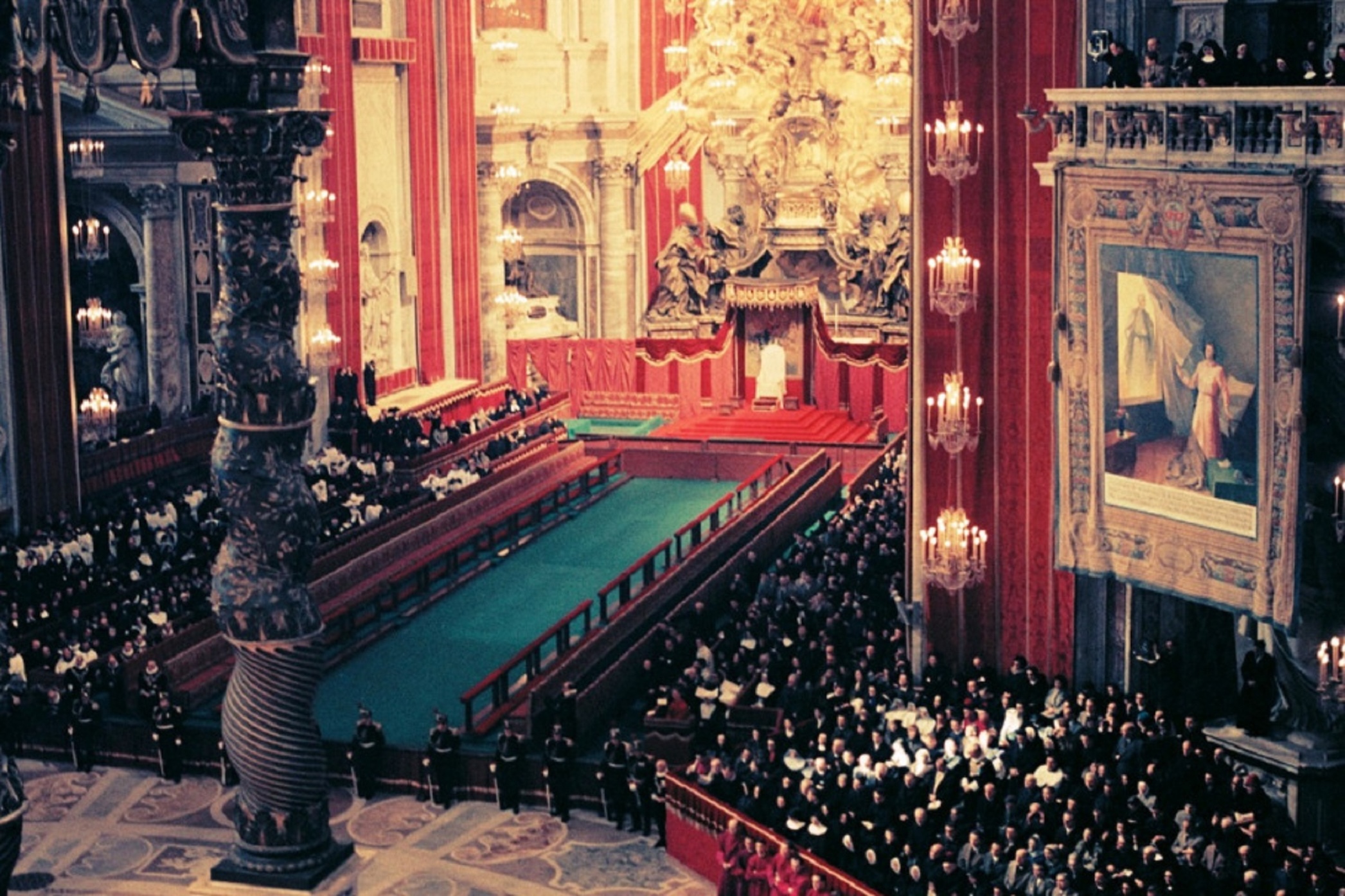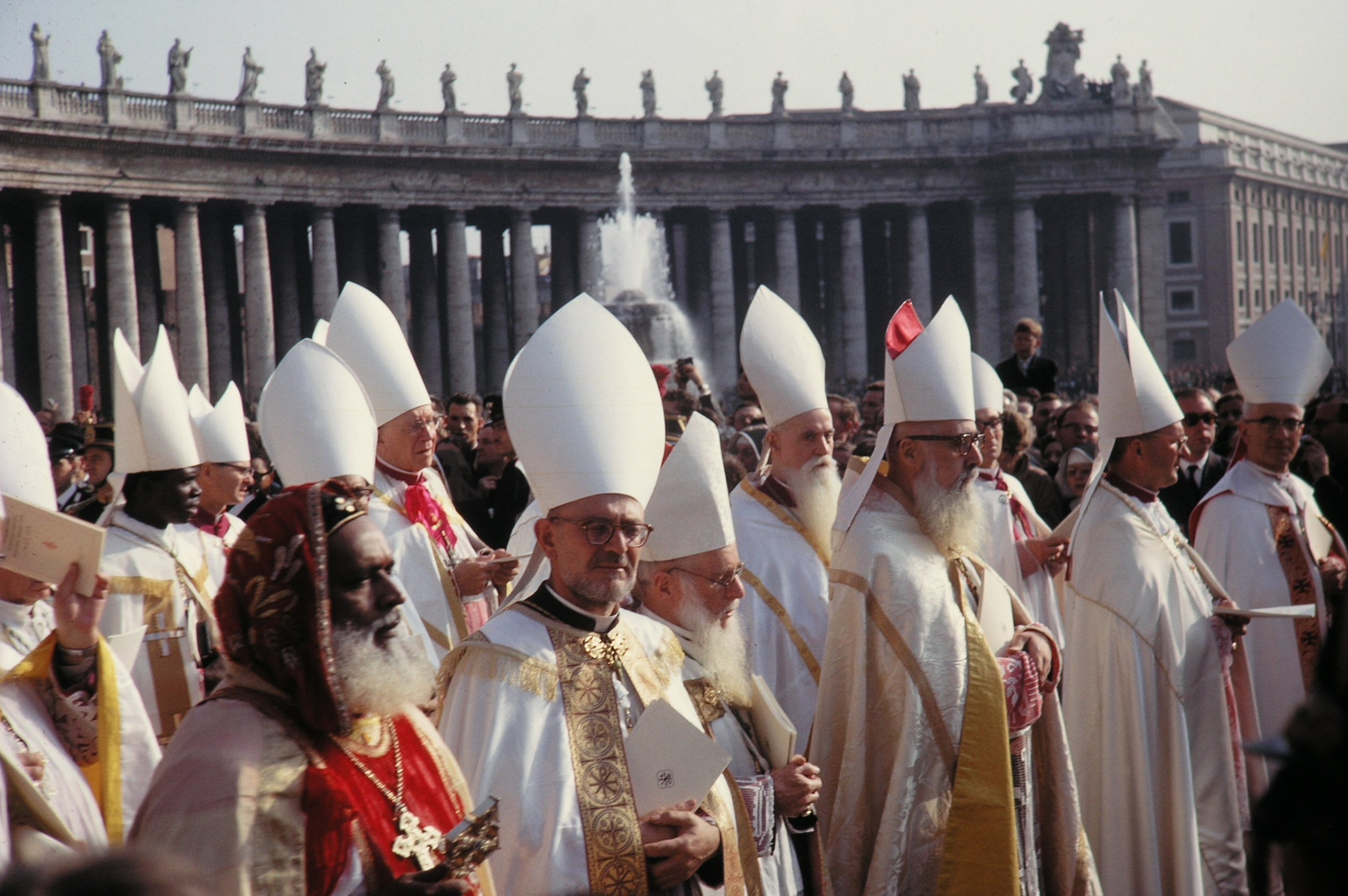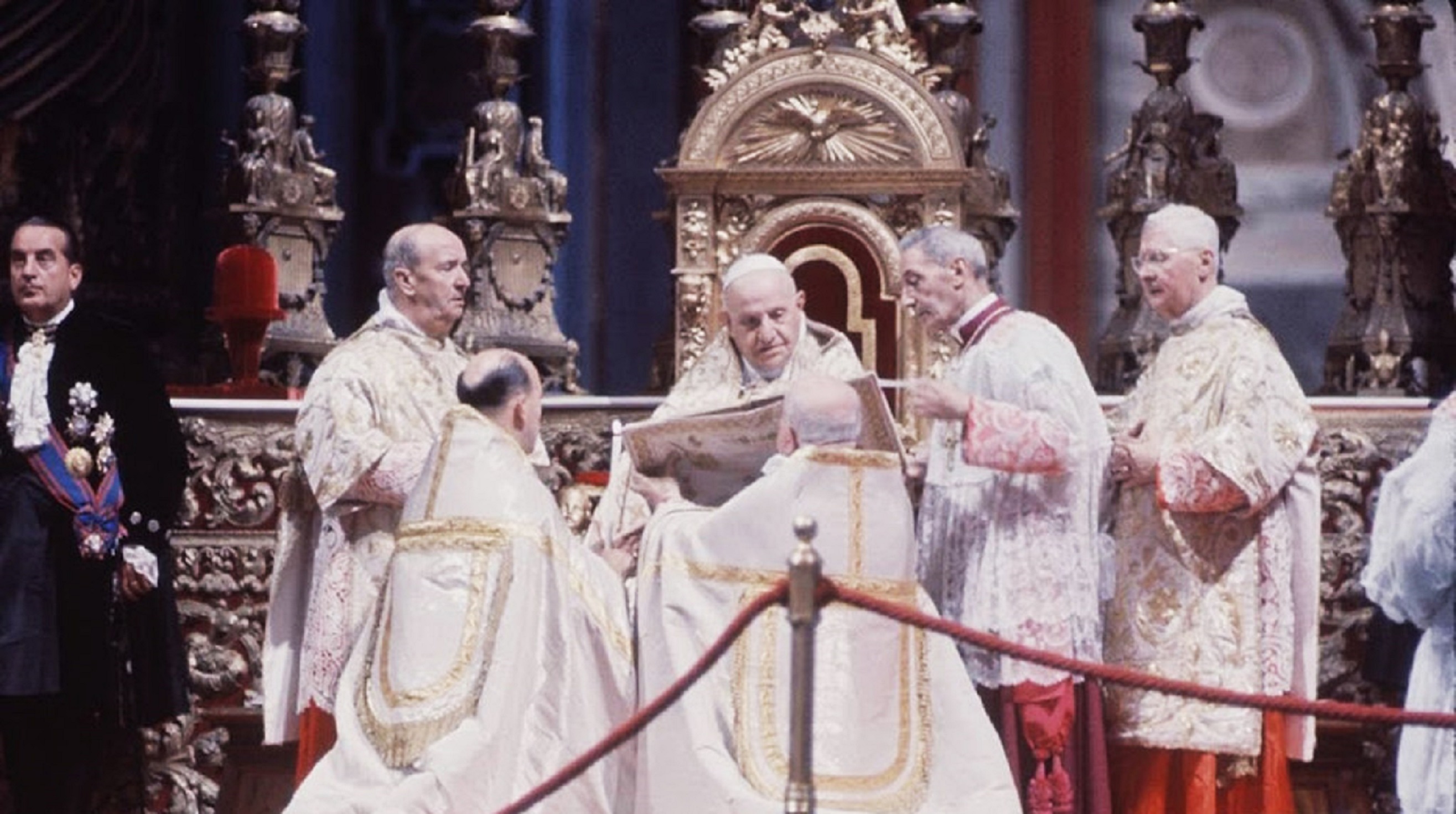But the Church encourages and demands that we take our concerns to the pastors who lead it. Which we must do, of course, humbly and respectfully.
.jpg)
Second Vatican Council - Image Source
This was the basic premise of the Council: updating the methods and way the Catholic Church presents itself to the world. We must always assume the Pope's goodwill in attracting more souls to conversion. Still, it is worth highlighting that this principle of updating the Church, understood as a reinterpretation of Catholic doctrines in the light of the modern world, was already modernists' desire since the XIX century. As such, it had already been condemned as pernicious at the beginning of the 20th century, both by Pope Saint Pius X and Pope Pius XII.
However, the reality is that, in the inner circles of the Catholic clergy, there was an increasing desire to make Catholic teaching more palatable and adapted to modern man's thinking. According to this conception, the deposit of Faith could be immutable. Still, the way Faith is taught could be updated depending on the demands of the historical context.

Second Vatican Council - Image Source
This is unprecedented in the history of the Church because tradition has always understood that Faith and how it is expressed are timeless. Furthermore, the Church has always defended the idea that cultures must adapt to the needs of the Catholic rite and not the other way around.
But let's move now to a more objective scope and take one of the primary documents of the Second Vatican Council, the pontifical bull "Dei Verbum." One of the most reckless statements is the following:
"The church constantly advances towards the fullness of Divine Truth, until the words of God reach their full realization in her."
.jpg)
Pope John XXIII at the Second Vatican Council - Image Source
We must interpret these statements in the light of tradition, which is one of the pillars of the Holy Church. The problem with what has been said is that, at first glance, it gives the impression that the Council is talking about the Mystical body. When you say that the Church advances toward the fullness of Truth, you imply that the Church does not yet fully possess it, which would be utterly contrary to Catholic tradition.
If this were true, how could we say that the Church possesses the deposit of Faith? Saint Paul says in his first letter to Timothy that "the church is the pillar and foundation of the truth" (1 Timothy 3:5), not that it advances to become that. At this point, the Council could be more transparent.
to be continued...

Follow me on Twitter